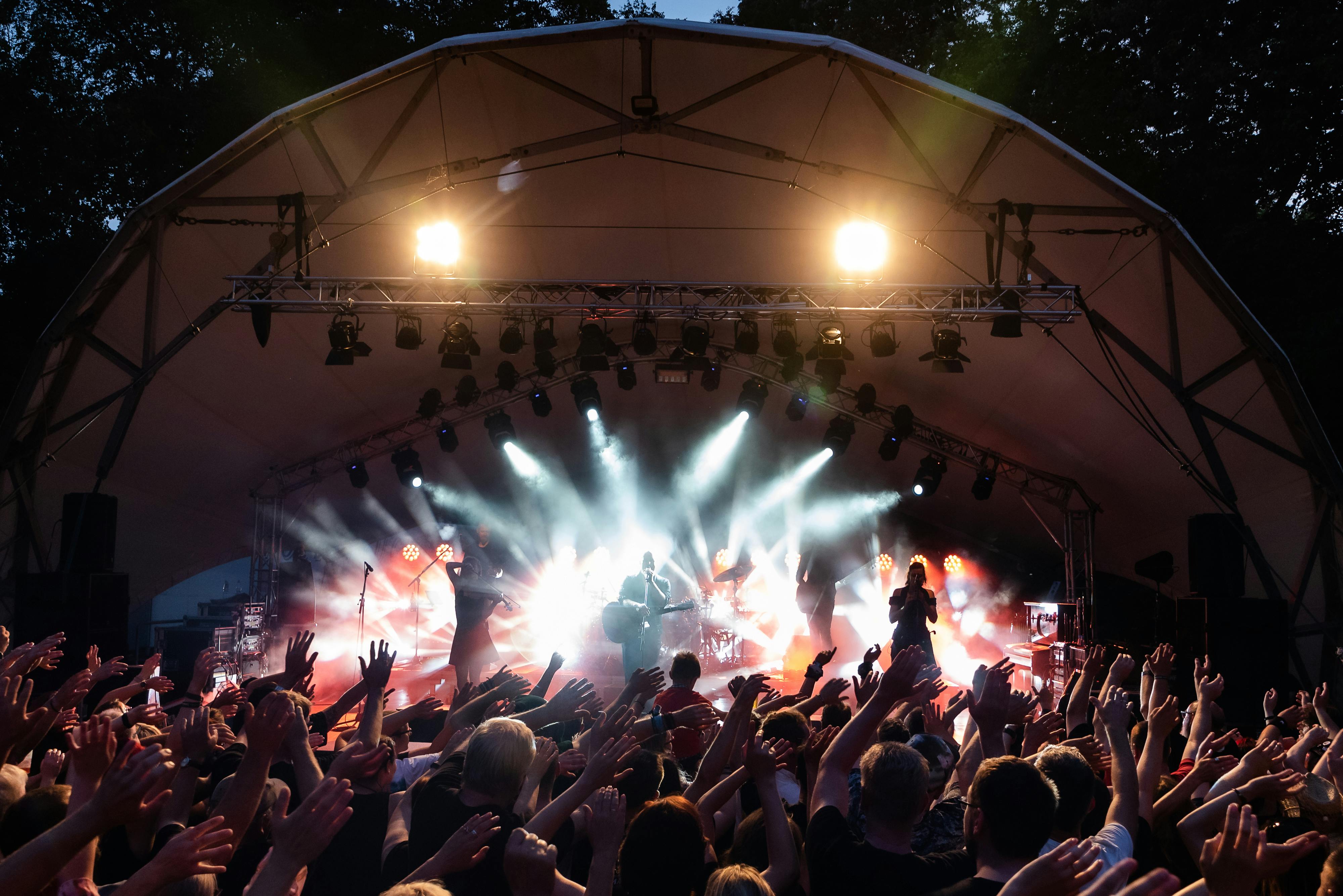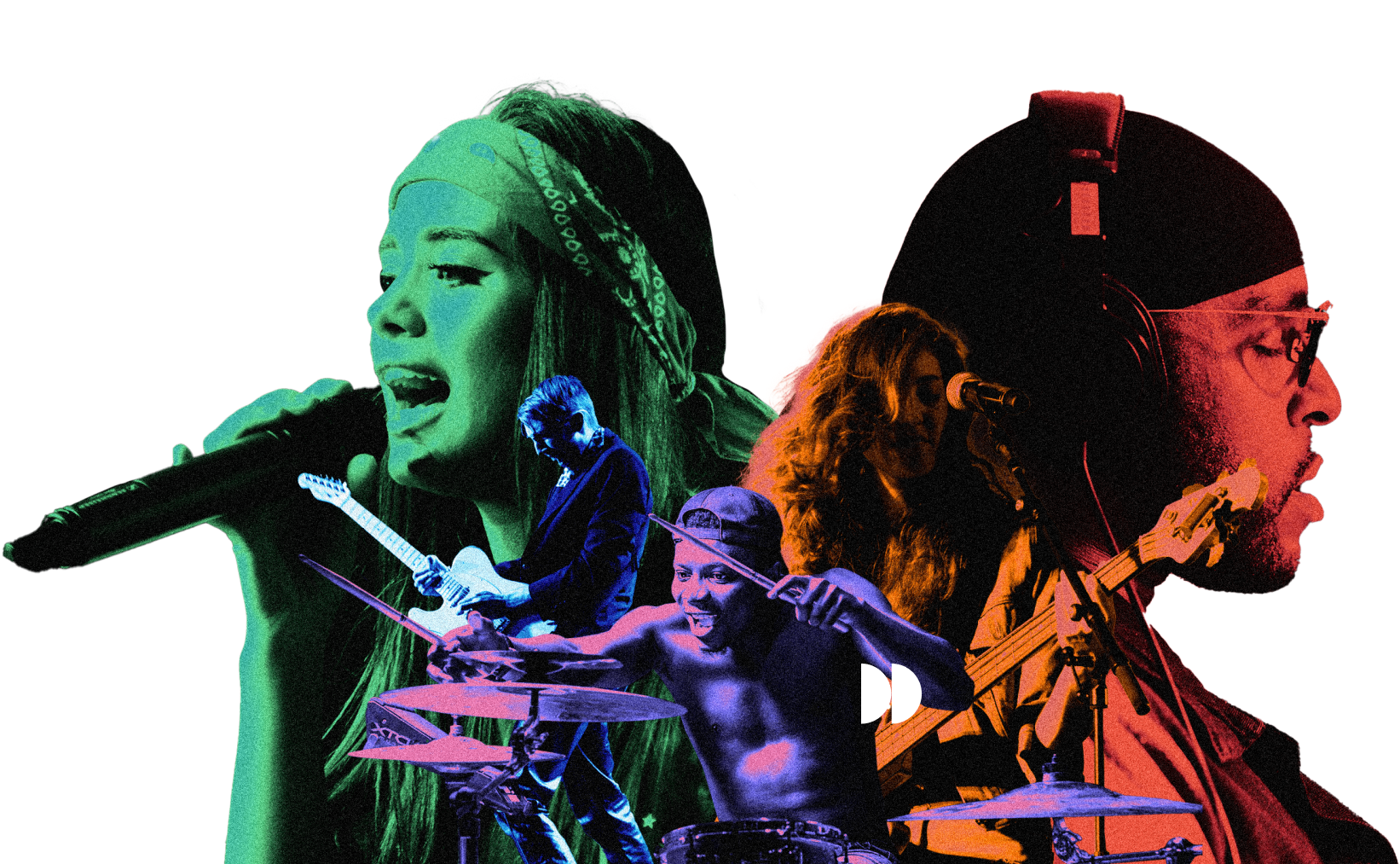Search Topic
An Analysis of the Evolution of pop music genres
The Origins of Pop Music
Pop music has become a cultural phenomenon, dominating the airwaves and influencing popular culture around the world. But where did this genre of music come from? The origins of pop music can be traced back to the early 20th century when popular songs were defined by their catchy melodies and simple lyrics. As technology advanced and radio became more widespread, pop music began to take on a more commercialized form, with record labels seeking out talented performers who could appeal to a mass audience.

Over time, pop music has evolved and diversified, incorporating elements from various genres and cultures. In this section, we will explore the fascinating history of pop music and how it has become one of the most beloved forms of entertainment in modern times. It’s undeniable that pop music has had a significant impact on society, shaping the way we listen to and consume music. It’s catchy beats and relatable lyrics have made it accessible to people of all ages and backgrounds, making it a universal form of entertainment.
As the years have gone by, pop music has continued to evolve, with artists pushing boundaries and experimenting with new sounds. From Elvis Presley’s iconic rock ‘n’ roll tunes in the 1950s to Michael Jackson’s groundbreaking music videos in the 1980s, pop music has constantly been at the forefront of innovation.
Today, we see artists like Ariana Grande and Billie Eilish dominating charts around the world with their unique styles and fresh perspectives. Pop music continues. to reflect current cultural trends while also setting them. Whether you’re dancing along to your favorite chart-topping hit or singing along with a classic tune from decades ago, there’s no denying that pop music is here to stay. It’s an integral part of our culture and will continue to inspire generations for years to come.
The Evolution of Pop Music Genres – From Rock to Electronic
The world of pop music has seen a significant evolution in terms of genres over the years. From the early days of rock and roll to the rise of electronic music, the landscape of popular music has constantly been changing and adapting to new trends and styles.
Rock and roll emerged in the 1950s as a fusion of rhythm and blues, country, and gospel music. Artists such as Elvis Presley and Chuck Berry brought a new energy and rebelliousness to music with their catchy tunes and energetic performances. The genre quickly gained popularity and became a dominant force in the music industry.
As the 1960s rolled around, rock music continued to evolve, giving birth to subgenres such as psychedelic rock, folk rock, and progressive rock. Bands like The Beatles, The Rolling Stones, and Led Zeppelin pushed the boundaries of music with their experimentation and innovative sound.
In the 1970s, rock music took a turn towards a harder and edgier sound with the rise of heavy metal and punk rock. Bands like Black Sabbath and The Sex Pistols brought a new level of intensity and aggression to the genre, captivating audiences with their raw and powerful performances.
In the 1980s, electronic music started to make its mark on the pop music scene with the advent of synthesizers and drum machines. Artists like Kraftwerk and Depeche Mode embraced the use of electronic instruments and pioneered the genre known as synthpop.
The 1990s saw a fusion of different genres, with alternative rock, grunge, and hip-hop all gaining mainstream popularity. Bands like Nirvana, Pearl Jam, and Tupac Shakur brought a new level of authenticity and raw emotion to music, resonating with a whole new generation of listeners.
In the 2000s and beyond, electronic music continued to evolve with the rise of genres such as EDM (Electronic Dance Music) and dubstep. Artists like Daft Punk and Skrillex brought electronic music to new heights, incorporating heavy bass drops and energetic beats that became synonymous with the party and club scene.
Today, the pop music landscape continues to be influenced by a variety of genres and styles, with artists constantly pushing boundaries and experimenting with new sounds. Whether it’s through the fusion of different genres or the creation of entirely new ones, the evolution of pop music genres shows no signs of slowing down.
The Rise and Fall of Different Pop Genres
The evolution of pop music is a fascinating and dynamic subject. Throughout the years, we have seen the rise and fall of various pop genres, each with its own unique characteristics and influences. Understanding the trajectory of these genres can provide valuable insights into the cultural, social, and musical trends of different eras.
One of the earliest and most influential pop genres was rock and roll, which emerged in the 1950s. With its upbeat rhythms, electric guitars, and rebellious lyrics, rock and roll captured the spirit of a generation and became a symbol of youth and counterculture. It dominated the charts and set the stage for future pop genres to come.
In the 1960s and 1970s, pop music took a psychedelic turn with the advent of psychedelic rock. Influenced by the drug culture and the desire for an expanded consciousness, bands like The Beatles and Pink Floyd experimented with mind-altering sounds and lyrical themes. This genre marked a significant departure from the simplicity of rock and roll and represented a new wave of artistic expression.
As the 1970s gave way to the 1980s, pop music underwent another transformation with the rise of disco. Known for its infectious dance beats and flashy production values, disco became the soundtrack of the discotheques and clubs, creating a vibrant and glamorous scene. However, disco’s popularity was short-lived, as the genre fell out of favor in the early 1980s.
In the 1990s, pop music saw a resurgence with the emergence of boy bands and girl groups. Acts like Backstreet Boys, Spice Girls, and NSYNC dominated the charts, capturing the hearts of teenagers worldwide. This era was characterized by catchy melodies, synchronized dance routines, and the fusion of pop and R&B elements.
In the 2000s, pop music continued to evolve with the rise of pop punk and emo. Bands like Green Day and My Chemical Romance infused pop sensibilities with punk rock energy, pairing catchy melodies with introspective and emotional lyrics. This genre appealed to a younger demographic and became a significant cultural force.
In recent years, we have witnessed the rise of electronic pop and its subgenres, such as EDM and synth-pop. Artists like Calvin Harris and Taylor Swift have embraced electronic production techniques, creating infectious and danceable pop anthems that dominate the airwaves. This genre reflects the increasing influence of technology on music production and consumption.
While each pop genre has had its moment in the spotlight, the cyclical nature of pop music suggests that new genres will continue to emerge and dominate the charts. The rise and fall of different pop genres not only reflect the ever-changing tastes of audiences but also serve as a testament to the resilience and adaptability of pop music as a cultural phenomenon.
The Influence of Popular Culture on Pop Music Evolution
The influence of popular culture on the evolution of pop music is a topic of great interest and discussion in the music industry. Over the years, popular culture has played a significant role in shaping the sound, style, and themes of pop music. From the fashion trends to societal issues, popular culture has the ability to both reflect and shape the music that dominates the charts.
One way in which popular culture influences pop music is through its impact on the artists themselves. Musicians are often inspired by the trends and movements happening in the world around them. They draw inspiration from current events, social movements, and cultural shifts, and incorporate these influences into their music. For example, during the 1960s, the counterculture movement heavily influenced the music of that era with its themes of peace, love, and social change.
Similarly, fashion trends and style choices driven by popular culture also play a part in shaping the evolution of pop music. Artists often modify their image to align with current fashion trends or to make a statement that resonates with the culture of the time. This visual representation is intrinsically linked to the music they create, creating a complete package that captivates audiences.
Furthermore, popular culture can also influence the lyrical content of pop music. Artists often draw from experiences and themes that are prevalent in popular culture to connect with their audience. Whether it’s love and relationships, political issues, or societal dilemmas, pop music has the power to reflect and address the concerns of the current cultural climate.
In conclusion, popular culture has a profound influence on the evolution of pop music. From the artists themselves to fashion trends and lyrical content, popular culture shapes the direction of the genre and reflects the pulse of society. As popular culture continues to change and evolve, it will undoubtedly continue to shape the future of pop music.
The Future of Pop Music – What’s Next?
The future of pop music is an ever-evolving topic, as trends and tastes in the industry are constantly changing. With advancements in technology and the increasing accessibility of music production tools, the possibilities for the future of pop music are endless.
One area that is expected to greatly impact the future of pop music is artificial intelligence (AI). AI has already made its mark in the music industry with the creation of virtual artists and the use of algorithms to generate hit songs. In the future, AI may play an even bigger role in pop music, with the ability to analyze data and create personalized music experiences for listeners.
Another aspect of the future of pop music is the integration of different genres and cultures. As our world becomes more interconnected, artists are blending various musical styles and incorporating diverse cultural influences into their music. This trend is expected to continue, resulting in a more globally influenced pop music scene.
Furthermore, the rise of streaming platforms has changed the way we consume music, and it is likely to continue to shape the future of pop music. Artists now have the opportunity to release music directly to their fans without the need for major record labels, giving them more creative freedom and control over their careers. This shift in power dynamics may lead to a more diverse and experimental pop music landscape.
Lastly, the future of pop music will be heavily influenced by the rise of social media and the internet. Platforms like TikTok and Instagram have already played a significant role in launching the careers of new artists and shaping music trends. As social media platforms continue to evolve, it is expected that they will play an even bigger role in promoting and distributing music, allowing for greater accessibility and exposure for artists.
Overall, the future of pop music holds exciting possibilities. With advancements in technology, the integration of different genres and cultures, the rise of streaming platforms, and the influence of social media, we can expect to see a diverse and innovative pop music scene in the years to come.








